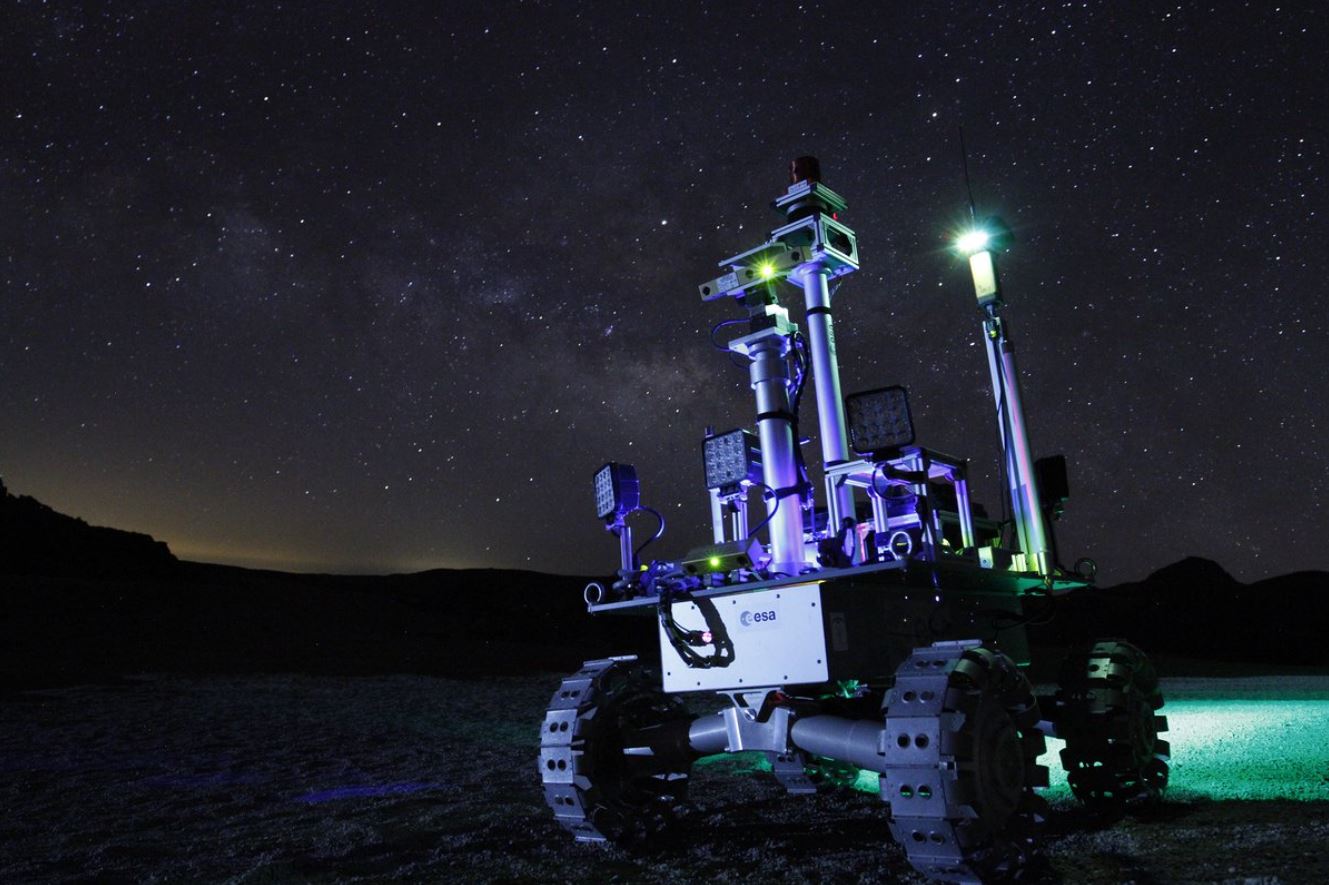 In the corridors of CU Boulder, an exciting shift in lunar exploration is quietly taking shape. At its core is “Armstrong” – a compact robot that’s not yet lunar-ready but is already offering a fresh perspective on how virtual reality can bridge the gap between simulation and real-world space missions. Students like Xavier O’Keefe are taking the lead, getting hands-on with a system that might one day redefine how humans and robots work together on the moon.
In the corridors of CU Boulder, an exciting shift in lunar exploration is quietly taking shape. At its core is “Armstrong” – a compact robot that’s not yet lunar-ready but is already offering a fresh perspective on how virtual reality can bridge the gap between simulation and real-world space missions. Students like Xavier O’Keefe are taking the lead, getting hands-on with a system that might one day redefine how humans and robots work together on the moon.
A recent study in Advances in Space Research shows how O’Keefe, along with colleagues Katy McCutchan and Alexis Muniz, is using digital twins – highly realistic virtual reality environments – to fine-tune the operation of lunar robots. This work is part of a broader project headed by astrophysics emeritus professor Jack Burns, in preparation for NASA’s Artemis Program, where robots and astronauts are set to work side by side.
By crafting a virtual replica of their office with the Unity game engine, the team was able to simulate Armstrong’s movements with striking accuracy. This setup let participants practise tasks safely and effectively, leading to a 28% improvement in task completion speed and noticeably reducing stress levels. For anyone who’s ever grappled with a tricky tech challenge, that’s a win worth noting.
The project has its share of bumps too. Unpredictable human behaviour during the tests served as a practical reminder that even our best simulations can be upended by real-life nuances. Such experiences provide valuable insights that help close the gap between digital models and physical applications.
Looking ahead, the team is teaming up with Lunar Outpost, a Colorado-based company, to develop a digital twin for a lunar rover. One of the main challenges here is replicating the complex way lunar dust behaves, which is critical for ensuring sensors and cameras work reliably on the moon’s surface. Overcoming these hurdles could pave the way for robotic support in building lunar habitats or research stations.
The work at CU Boulder shows just how much potential there is when virtual simulation meets practical engineering – a promising step towards more resilient and effective space exploration.








